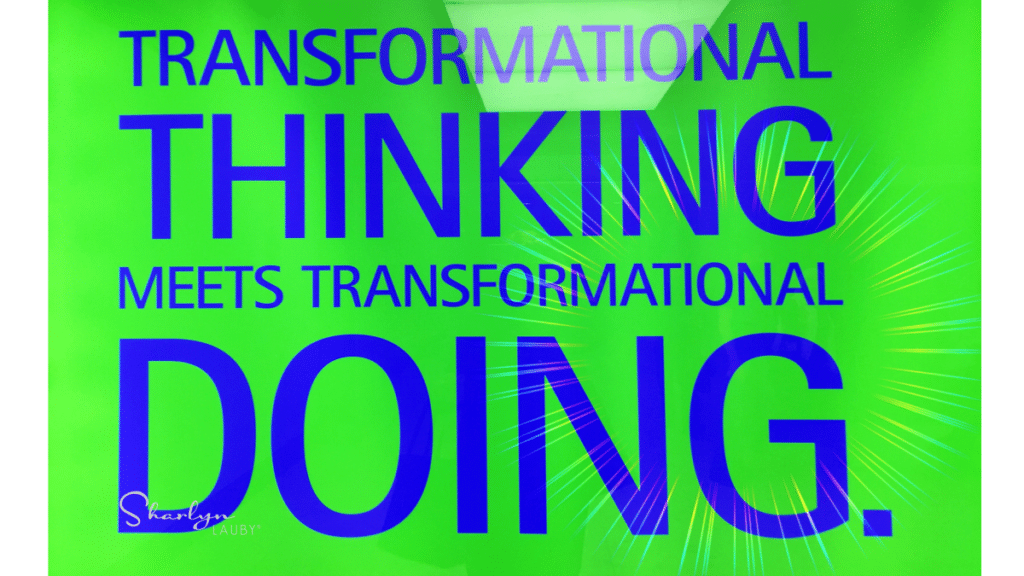Encourage Learning After Personal Setbacks and Failures

Years ago, I had the chance to hear Sara Blakely speak about starting her company, Spanx. If you ever get the opportunity to hear the story, I would strongly suggest it. My takeaway is that her journey is less about shapewear and more about how to turn setbacks and failures into something positive and productive.
One of the things that Blakely told the group was that her father encouraged failure. At the end of the day, over dinner, he would ask, “What did you fail at today?”
I was reminded of Blakely’s story at last year’s SAP SuccessFactors Conference in London. A panel of speakers were talking about their setbacks. Their stories involved major illnesses and accidents that caused them to put their personal and professional plans on hold for a while. One aspect was, when they were ready to resume their plans, they also had to ask themselves if that original plan was the thing they really wanted to do.
I know firsthand the importance of recalibrating after a setback. Depending on the type of setback or failure, it can change lives and careers. Many of you know that twenty-four days after Mr. Bartender and I were married, we were in a car accident. I spent the first year of my married life in a full-body cast. Events like that change you. But they don’t have to stop you.
Which brings me back to the SuccessFactors panel. Is it possible to harness the lessons learned during our times of challenge, setback, or failure into something productive?
I believe on an individual level; the answer is yes. But what about on a professional level? Is it possible for organizations to provide support and encouragement to employees who are experiencing setbacks, so their professional life continues to flourish as well? If organizations tell employees to leave their personal lives at the door, then employees might miss out on those breakthroughs.
Here are two things to consider:
- Create safe zones. On an individual level, maybe it makes some sense to build a personal board of advisors to help navigate through the tough times. On an organizational level, encourage employees to build internal and external networks. Not only can these groups help employees during challenging times, but they are valuable every single day of the year.
- Encourage ‘nudging’. I’ve been fascinated by a concept called nudge theory which says that positive reinforcement and indirect suggestions can influence behavior. For example, is it possible that giving a friend or acquaintance a Facebook “like” or an Instagram “heart” provides the little push someone needs to keep going? Support doesn’t always have to be a face-to-face meeting or a long phone call.
While I wish everyone all the success in the world, the reality is that we will all experience setbacks and failures along the way. Hopefully, they’re small ones that we can bounce back quickly from. But whether they’re big or small, there can be lessons learned. The question becomes are we taking the time to reflect, recalibrate, and refocus our thoughts and feelings to move forward.
Image captured by Sharlyn Lauby after speaking at the HR Change & Transformation Conference in London, England
16